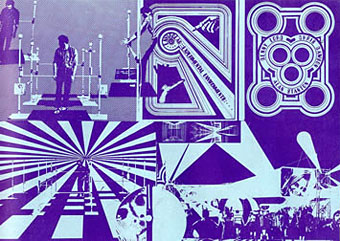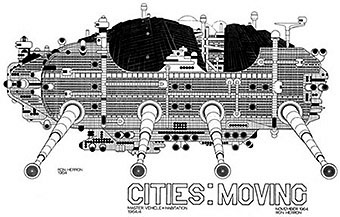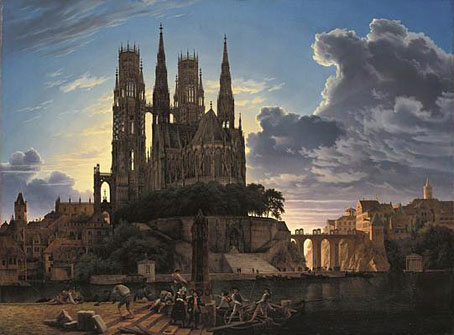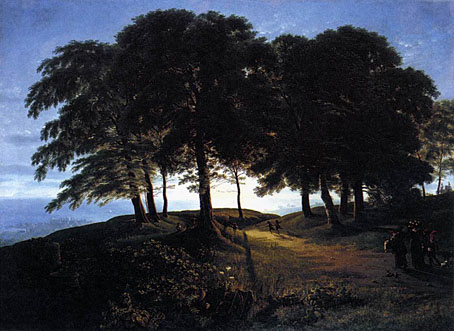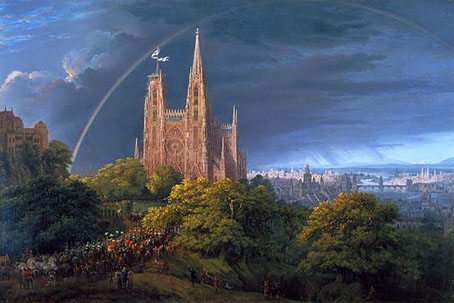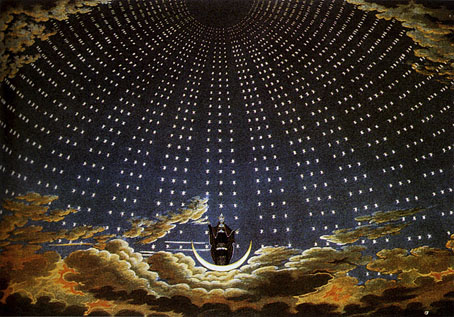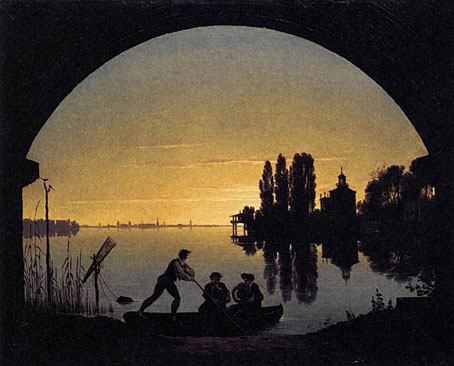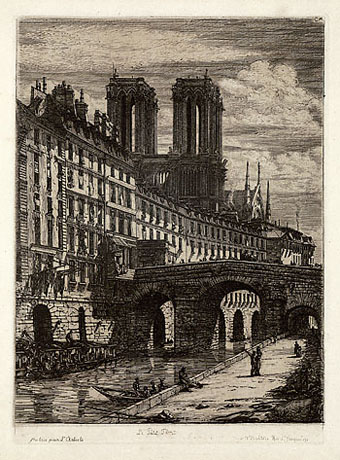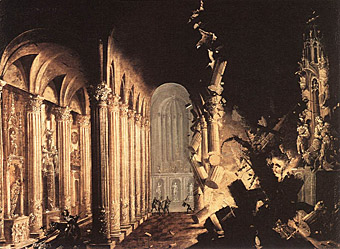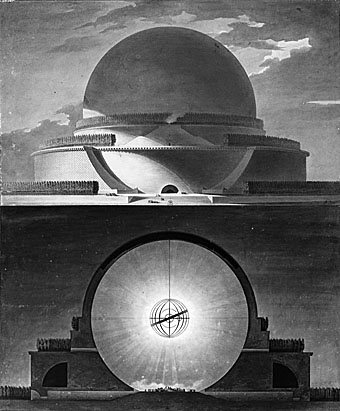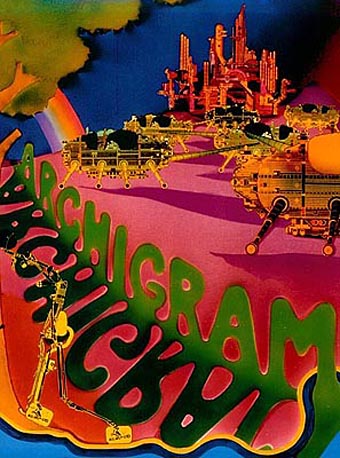
In late 1960, in various flats in Hampstead, a loose group of people started to meet: to criticize projects, to concoct letters to the press, to make competition projects, and generally prop one another up against the boredom of working in London architectural offices. The main British magazines of the time did not publish student work and Archigram was responding to this as much as to the sterility of the scene. The title Archigram came from the notion of a more simple and urgent item than a Journal, like a telegram or aerogramme – hence, “archi(tecture)-gram”.
